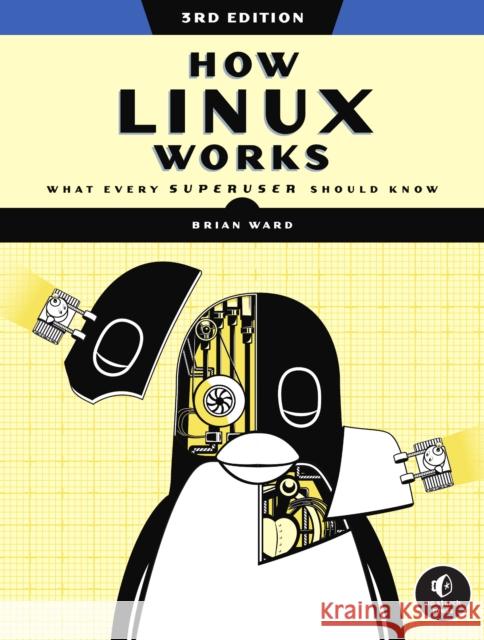How Linux Works, 3rd Edition: What Every Superuser Should Know » książka
topmenu
How Linux Works, 3rd Edition: What Every Superuser Should Know
ISBN-13: 9781718500402 / Angielski / Miękka / 2021 / 464 str.
Kategorie:
Kategorie BISAC:
Wydawca:
No Starch Press,US
Język:
Angielski
ISBN-13:
9781718500402
Rok wydania:
2021
Ilość stron:
464
Waga:
0.85 kg
Wymiary:
23.37 x 17.53 x 3.3
Oprawa:
Miękka
Wolumenów:
01
Dodatkowe informacje:
Bibliografia
Wydanie ilustrowane
Wydanie ilustrowane











